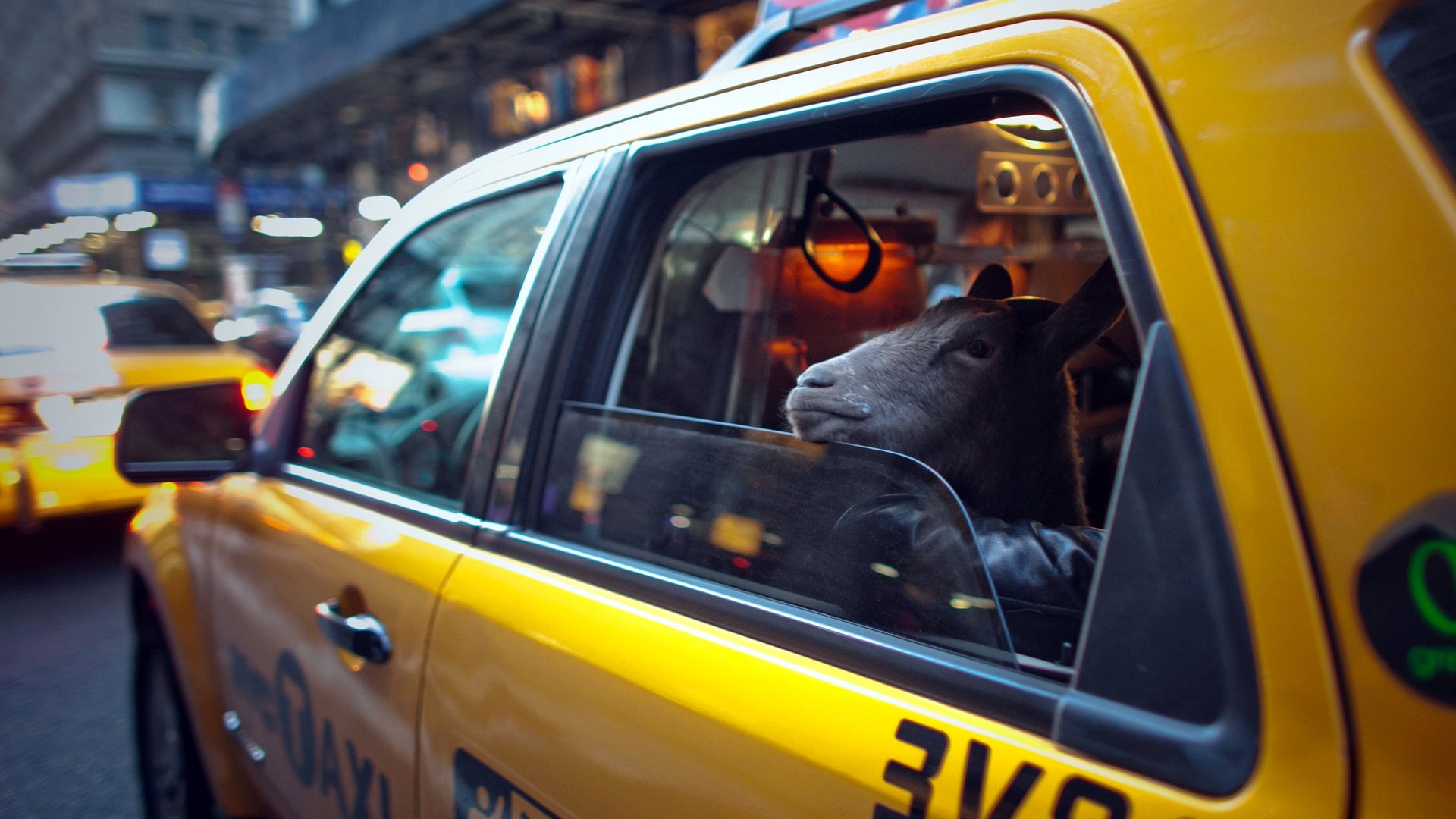Uber’s price war with taxis also pits it against its own drivers
In New York City, Uber is cutting its low-end prices to offer a car service that’s cheaper than a taxi cab—for a limited time only. It has done the same in other markets, notably San Francisco, but this venture-capital-fueled price war on the car-hailing app’s competitors may ultimately pit the company against the drivers who use its platform.


In New York City, Uber is cutting its low-end prices to offer a car service that’s cheaper than a taxi cab—for a limited time only. It has done the same in other markets, notably San Francisco, but this venture-capital-fueled price war on the car-hailing app’s competitors may ultimately pit the company against the drivers who use its platform.
The move fulfills a promise at the center of Uber’s ambitions: that it can offer a value beyond mere convenience, by providing a car service that’s less expensive than taxis. But whether these low prices (for Uber’s cheapest level of service, UberX) can last remains an open question.
A 20% fare cut is also a 20% wage cut for Uber’s drivers. While the company has made up the cost to drivers in other markets by taking losses on each ride, in New York it is not doing so because it expects that the discount will attract more customers, creating new revenue for drivers who would otherwise be idle.
Can enough new rides make up the lost wages for Uber drivers? The app’s investors better hope it does. To justify the $17-billion valuation it received in a recent round of fundraising, Uber needs to expand its market and market share by huge amounts. It was able to edge its way into the private car service market by offering existing drivers a convenience—its technology provided access to new customers—but taxis and other ride-sharing competitors, like Lyft, have proven harder to dislodge.
Part of Uber’s pitch is that it is a better system for the 50,000 or so taxi and car-service drivers working in New York City than the existing system of taxi medallions, which grant official yellow cabs the privilege of picking up street hails. But if competing with yellow taxis requires further squeezes on drivers’ income, Uber could have trouble attracting the number and type of drivers that it needs to fulfill its promise. And indeed, the media parlor game of breaking down Uber’s labor costs suggests that it may already be having trouble populating its platform with enough drivers to meet demand. Uber’s tactics to attract taxi-riding customers away from traditional services have led drivers to protest in other cities where they were implemented.
Normally, when the company needs more drivers due to inclement weather or other causes of high demand, Uber has relied on its controversial surge pricing, which amps up driver fares during busy times to get more cars on the road for users who are willing to pay more. But that price-hike strategy may not be viable as the company tries to simultaneously win bargain-hunting customers by undercutting established players in the taxi market. Unlike Amazon, a tech firm that made price wars a staple of its disruptive strategy, Uber may not be able to sustain these discounts for long enough to seize control of the market.